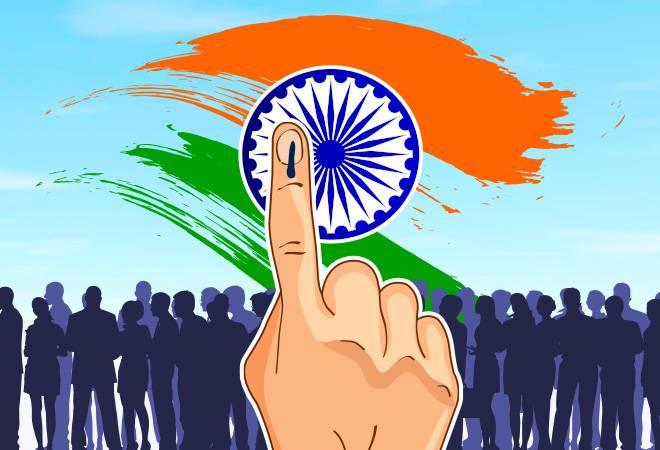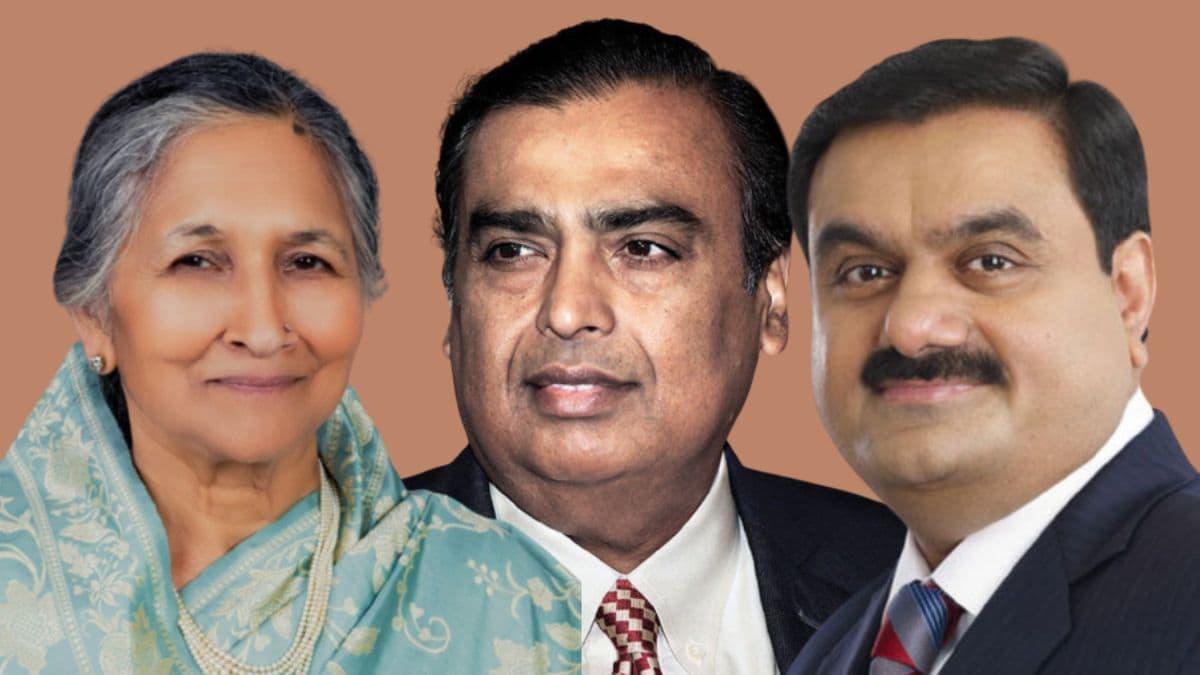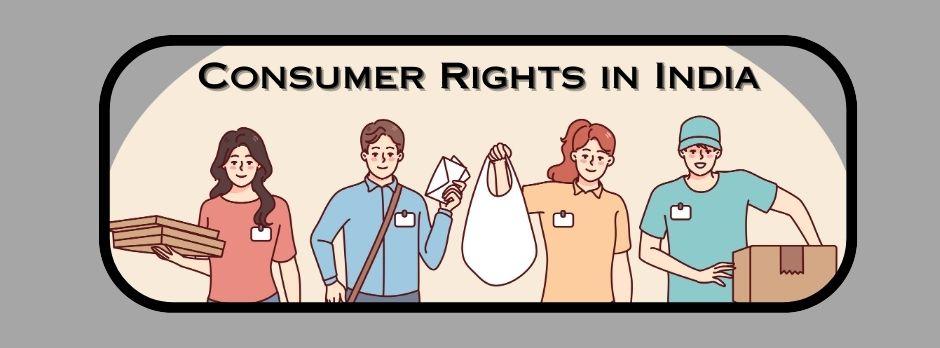In April and May, India will hold its general election to choose representatives for the 18th Lok Sabha. The current ruling NDA alliance is preparing to face off against the newly established I.N.D.I.A. alliance.
The 17th Lok Sabha term, officially led by the National Democratic Alliance (NDA), is scheduled to end on June 16, 2024, and all political parties have begun their election campaigns in preparation for that day.
Speculation regarding the dates of the General Elections 2024 has begun to circulate online, while the official announcement has yet to be made by the ECI (Election Commission of India). The formal declaration from the ECI regarding the dates of the 2024 general elections is still awaited. The anticipated election dates are April and May of 2024, though, according to some sources, the much-awaited announcement on the 2024 General Elections could be made during the second week of March.
Did you know?
In 2019, the BJP secured 37.36 percent of the votes, marking the highest vote share for any political party in India since the 1989 general election. The BJP won 303 seats, contributing to a total of 353 seats for the National Democratic Alliance (NDA). The Indian National Congress, led by Rahul Gandhi, secured 52 seats, with a total of 98 seats for the United Progressive Alliance (UPA) led by the party.
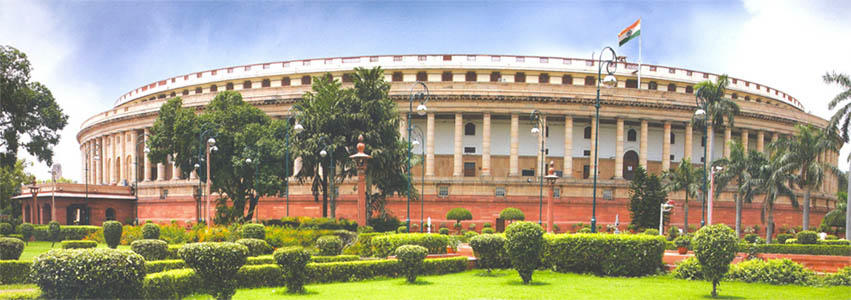
There were 90 crore eligible voters in India's 2019 General Elections, with an additional 15 million casting their ballots for the first time, according to the Election Commission of India (ECI). Reports for the General Elections 2024 indicate that there will be a substantial increase of 6 crore in the official voter registration, bringing the total number of eligible voters from 90 crore to 96 crore.

What is the Lok Sabha?
Indian lawmaking is dominated by Parliament. The President, Rajya Sabha, and Lok Sabha make up India's legislative body. Presidents can dissolve Lok Sabha or prorogue either House. On January 26, 1950, the Indian Constitution took effect. The new Constitution was implemented by general elections in 1951–1952, and the first elected Parliament was created in April.
Houses of Parliament
The Constitution limits the Rajya Sabha to 238 MPs from States and Union Territories, and the President appoints 12 members with skills in literature, science, art, and social service. State legislatures elect Rajya Sabha members using the single transferable vote in an indirect proportional representation system, whereas union territory representatives are picked by Parliament by statute. A third of Rajya Sabha members retire every two years, yet the house is not dissolved. Rajya Sabha has 245 seats. Of these, 12 are appointed by the President and 233 are elected by Union states and territories.
Lok Sabha
Article 79 of the Indian Constitution makes the Lok Sabha the lowest house of parliament, or House of the People. Lok Sabha members are elected by universal adult suffrage and represent the people. The Constitution limits the House of Representatives to 552 members: 530 from each state, 20 from each union territory, and 2 from the Anglo-Indian community, whom the President may designate if they are underrepresented.
As much as practicable, the Lok Sabha's elective membership is distributed among the States in a 1:1 ratio based on population. Lok Sabha currently has 545 MPs. Five hundred thirty-three are elected by the people of the states and territories that make up the Union, and 13 are nominated by the President as Anglo-Indian delegates. The Constitution's 84th Amendment Act says that the 1971 census's Lok Sabha seat allocations would not alter until the first census after 2026.
The Lok Sabha will serve for five years from its first meeting unless abolished. Parliament can extend an emergency proclamation for a year by legislation, but it can't be extended for more than six months after it ends. There are 14 Lok Sabhas. Rajya Sabha nominees must be 25 years old, and Indian citizens must be 30 to run for Lok Sabha. Parliament can impose more criteria.
What Does Lok Sabha Election Mean?
The Lok Sabha is the lower house of India's bicameral Parliament, with the upper house being the Rajya Sabha. It is composed of representatives of the people chosen by direct election based on universal adult suffrage
Lok Sabha elections are held every five years to elect members to the Lok Sabha. The elections are conducted by the Election Commission of India
Members of Lok Sabha are elected through a process known as General Elections. These elections are conducted using a system of universal adult suffrage, where every citizen above a certain age (usually 18 years) has the right to vote.
India follows a system of First Past the Post (FPTP) electoral system for Lok Sabha elections. In this system, the candidate who receives the highest number of votes in a constituency is declared the winner, regardless of whether they have an absolute majority.
The country is divided into numerous constituencies, and each constituency elects one member to the Lok Sabha. The candidate who wins the majority of votes in a constituency becomes its representative in the Lok Sabha.
Political parties nominate candidates to contest in each constituency. Voters then cast their votes for their preferred candidate, and the candidate with the most votes in each constituency wins a seat in the Lok Sabha.
The party or coalition with the majority of seats in the Lok Sabha forms the government, and their leader usually becomes the Prime Minister of India.

Elections in India
A democracy like India guarantees voting. Article 326 of the Indian Constitution allows everyone to vote. The 1950 Indian Constitution provided voting rights to all persons over 21. However, the Indian National Congress has promoted Indian voting rights since the early 1900s. Decades of political mobilization and struggle led to India's independence in 1947 and the right to vote.
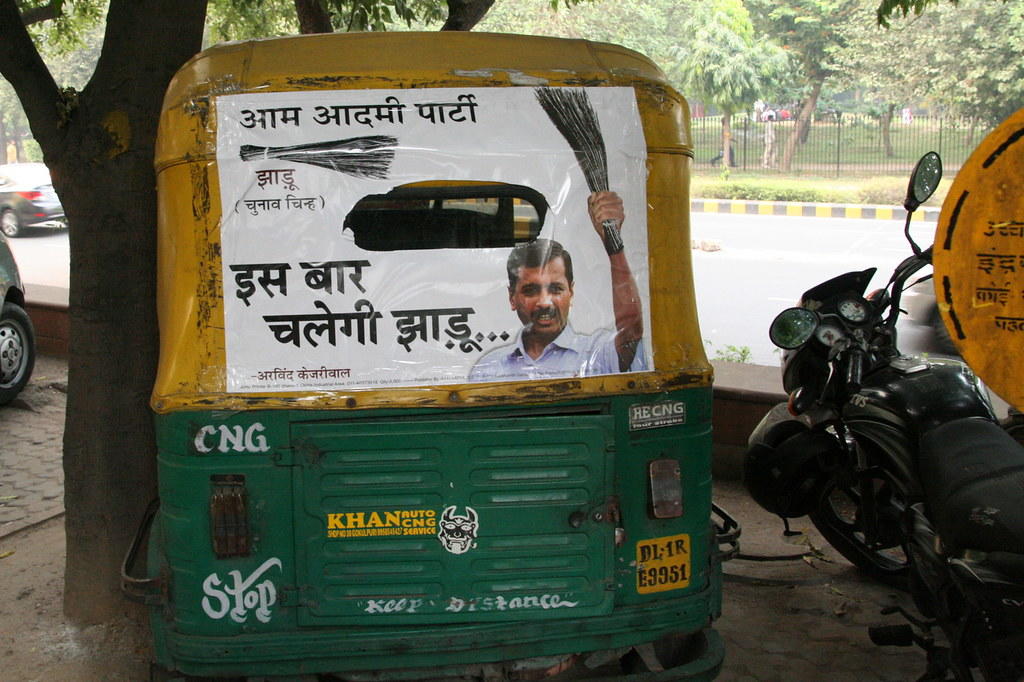
Types of Elections in India
In India, various types of elections are held to elect representatives at different levels of government:
General Elections: These are held to elect members of the Lok Sabha, the lower house of the Parliament of India.
State Legislative Assembly Elections: These elections are conducted to elect members of the state legislative assemblies.
Local Body Elections: Elections are held to elect representatives to local bodies such as municipal corporations, municipal councils, and panchayats.
Rajya Sabha Elections: Members of the Rajya Sabha, the upper house of the Parliament of India, are elected by the elected members of the state legislative assemblies.
President and Vice-President Elections: The President and Vice-President of India are elected by an electoral college comprising elected members of both houses of Parliament and the state legislative assemblies.
Each type of election follows a specific process outlined by the Election Commission of India to ensure free and fair elections.
Process of Indian Elections
The Indian government created the Election Commission to ensure smooth elections. Election monitoring, control, direction, and conduct are handled by the Election Commission. These are the voting steps you need to know:
- Marking Constituencies: Constituencies allow voters to choose their representatives. Indian states have different numbers of constituencies, but they all have tiny populations. Another implication is that Lok Sabha seats are directly related to the state population.
- List-making for voter registration: Individuals in constituencies can vote for representatives or seek office. The voter registration records for a constituency are called "electoral rolls". Everyone in India can vote by law. Thus, everyone over 18 has the right to vote and choose their representative. Therefore, all of their names will be on voter registration lists.
- Political Party Registration: With a "ticket," any qualified Indian can run for office. Political parties and individuals file for office. A political party's "ticket" is the next step in competing for office. For instance, the BJP's symbol is the lotus flower.
- Political Campaigning: Political parties campaigning for office have distinct policies and views. They must promote themselves and attract votes for two weeks during elections. Ideally, they would ethically do this by offering voters good ideas and plans. When they exceed their Indian budget, they cannot spend more.
- Election Day Preparations: Finally, citizens may vote for their representatives. People now use EVMs (electronic voting machines) to vote by pressing a party button instead of paper ballots. The winner is declared when the ballots are counted.
Process of Voting in India
Voting lets citizens influence our nation's future by speaking out on crucial issues. Voting gives society's most vulnerable populations control over issues that affect them every day. It pushes politicians to listen to and address citizen complaints, making the government more responsible. When many eligible voters vote, democracy obtains legitimacy. Voters execute a civic duty and participate in the democratic process, which is vital to a nation's progress.
What Are The Qualifications For Voting in India? - Voting Eligibility
- Only Indians can vote in elections.
- Foreigners, NRIs, and anyone who is not a citizen cannot vote.
- In India, one must be at least 18 years old to cast a ballot.
- An individual must be on their local government's voter registration list to vote. The Election Commission updates and prepares those lists.
- Permanent residents of the electoral district must vote. They must live in the district for 6 months or permanently.
- Citizens must be mentally sound and able to make autonomous decisions before voting.
- If a person is of unsound mind, or disqualified by law for a crime, or insolvent, they cannot vote.
Note: Eligible individuals can register themselves as voters by filling out Form 6 online on the National Voters' Service Portal (NVSP) or by visiting the Electoral Registration Officer (ERO) in their constituency
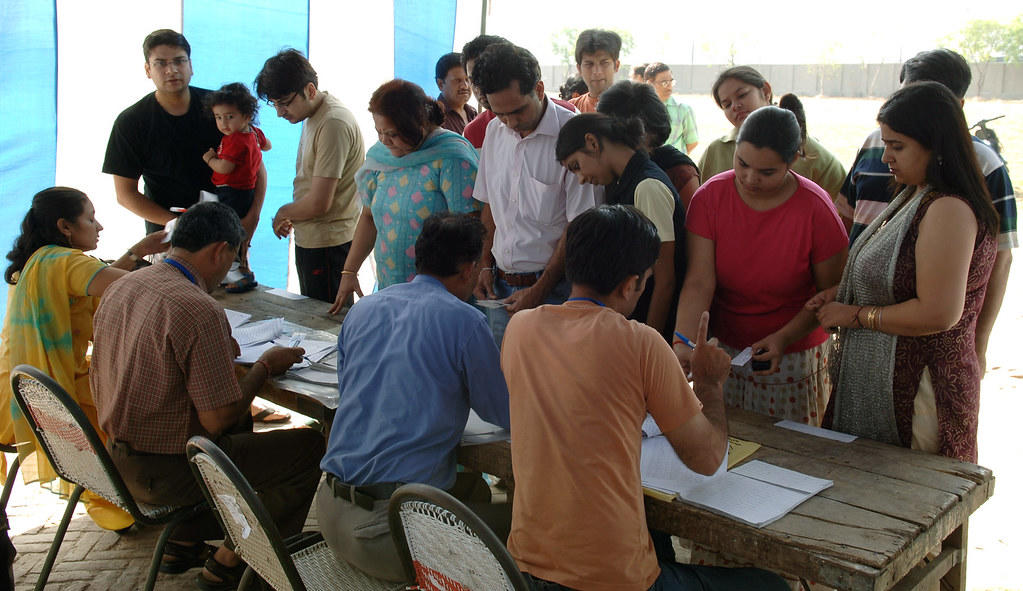
Rules for Indian Voters
- In the voting process, no matter who the officials are or who the other voters are, everyone can vote anonymously.
- Voters must conceal their marked ballots and voting process in the polling booth.
- Bribing, threatening, or coercing voters to vote is prohibited. Every voter should vote independently.
- Registered voters can only vote once every election. Voting under a false name or with multiple ballots is illegal.
- Voters must not use cameras, cell phones, or other electronics in the polling booth.
- Voters must have a voter ID card to vote. This verifies their identification and voting eligibility.
- Voters should obey the Election Commission's Model Code of Conduct.
- Voters should not promote or endorse candidates or parties in the voting booth. Each voting station is a campaign-free zone.
- Discipline, listening to poll officials, and patience in line to vote are essential.
Coalition Politics in India
Parliamentary government and a quasi-federal constitution characterize India. Numerous national, regional, and municipal political parties emerged in India as a result of the country's complex and diverse society. For almost half a century after independence, political factions with shared ideals have worked together in coalition governments in India. To achieve political federalization and economic liberalization in India in the 1990s, coalitions and minority governments in New Delhi have played a pivotal role since 1989. Coalition and minority administrations arose in 1989, following Congress's reign of the Centre.
National Democratic Alliance (NDA)
The conservative National Democratic Alliance (NDA) in India is led by the pro-Hindu Bharatiya Janata Party (BJP). A member of the National Democratic Alliance (NDA), Atal Bihari Vajpayee served as prime minister from 1999 to 2004, and Narendra Modi has been in office since 2014. Despite certain ideological differences, the constituent parties of the National Democratic Alliance (NDA) came together in 1998 to form the alliance to stop the Indian National Congress (Congress) from ruling the country.
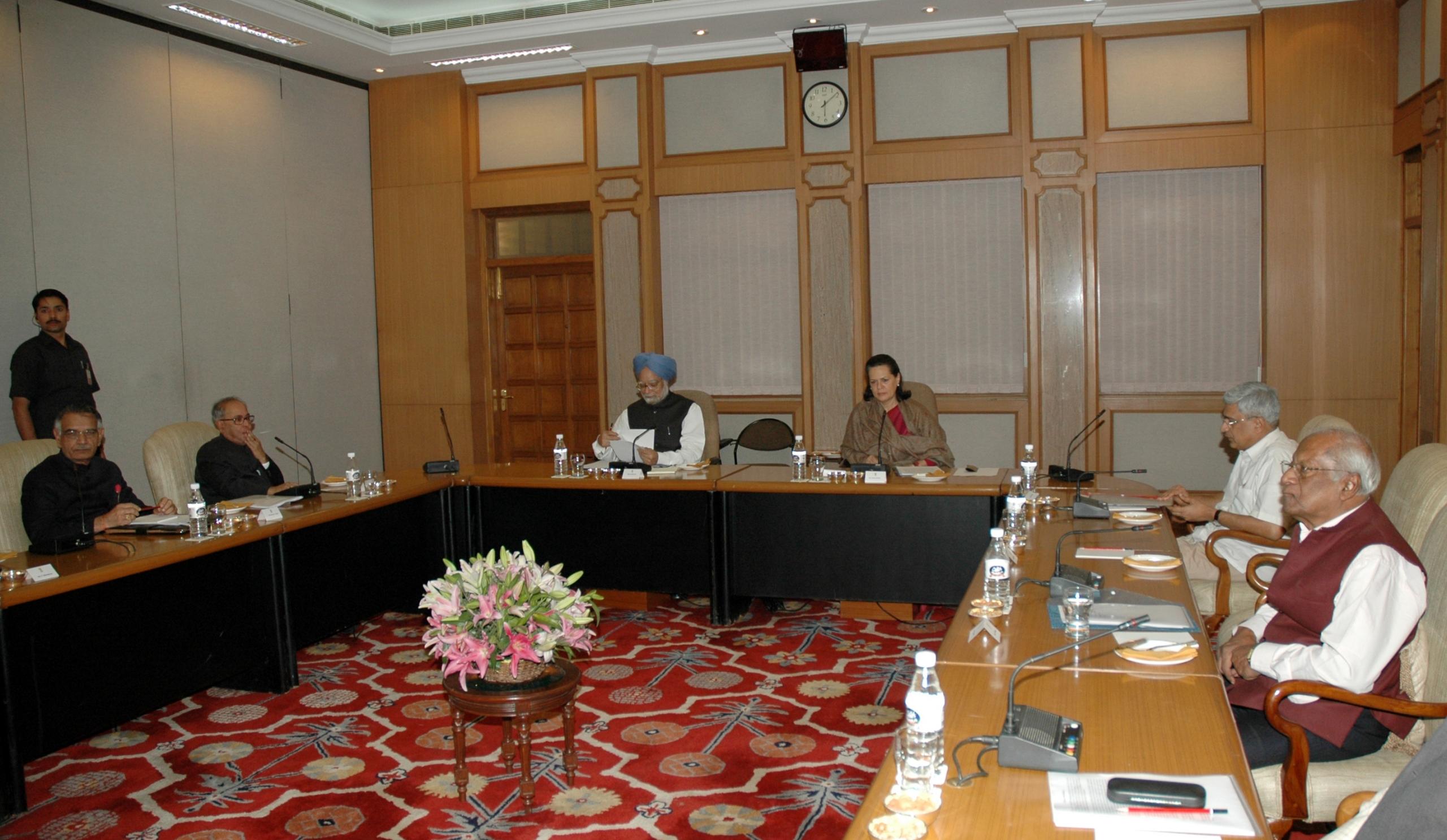
United Progressive Alliance (UPA)
The Indian National Congress (Congress Party) is a significant member of the United Progressive Alliance (UPA), a political coalition in India. It played a crucial role as a coalition partner of Prime Minister Manmohan Singh from 2004 until 2014. To forge a coalition after the 2004 Lok Sabha elections yielded an undecided result, the Congress Party and numerous smaller parties put forward a united platform, the National Common Minimum Programme [NCMP]. This effort succeeded, and the center-left alliance was born. While it failed to gain support from the majority of Lok Sabha MPs, the alliance did secure the support of other left-leaning parties that were collaborating to topple the National Democratic Alliance (NDA), the right-wing coalition of the Bharatiya Janata Party (BJP).

